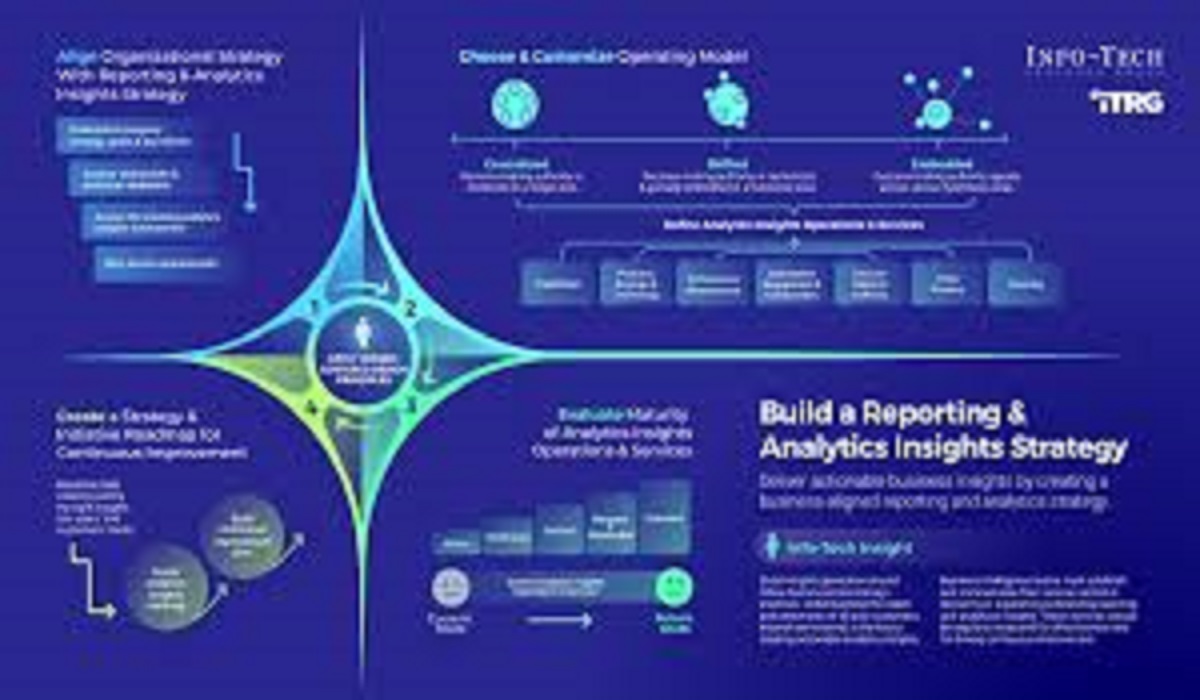Business Intelligence Explained
Business Intelligence Explained: Business Intelligence (BI) refers to the technologies, strategies, and practices used by organizations to analyze business data and make informed decisions. BI transforms raw data into meaningful insights, helping businesses optimize operations, improve efficiency, and gain a competitive edge.
What is Business Intelligence?
BI involves collecting, processing, and analyzing data from various sources to support decision-making. It includes:
- Data mining
- Reporting
- Performance metrics
- Predictive analytics
History of Business Intelligence
- 1960s: Early decision support systems (DSS)
- 1980s: Data warehouses emerged
- 2000s: BI tools became mainstream (e.g., Tableau, Power BI)
- 2020s: AI-driven BI and real-time analytics
Why Business Intelligence Matters in 2025?
In today’s data-driven world, BI helps businesses:
- Improve decision-making with real-time insights
- Enhance operational efficiency by identifying bottlenecks
- Boost customer satisfaction through personalized experiences
- Increase profitability by spotting revenue opportunities
BI vs. Big Data vs. Data Analytics
| Feature | Business Intelligence | Big Data | Data Analytics |
|---|---|---|---|
| Purpose | Decision-making | Large-scale data processing | Statistical insights |
| Tools | Power BI, Tableau | Hadoop, Spark | Python, R |
| Output | Dashboards, Reports | Raw data clusters | Predictive models |
Key Components of Business Intelligence
A. Data Warehousing
A centralized repository where data from multiple sources is stored and managed.
B. Data Mining
Extracting patterns and trends from large datasets using machine learning.
C. Reporting & Dashboards
Visual representations of data (e.g., charts, graphs) for easy interpretation.
D. Predictive Analytics
Using historical data to forecast future trends.
E. OLAP (Online Analytical Processing)
Enables multi-dimensional analysis of business data.
How Business Intelligence Works?
1: Data Collection
- Gathering data from CRM, ERP, social media, etc.
2: Data Processing
- Cleaning and transforming raw data into usable formats.
3: Data Analysis
- Applying statistical models and algorithms.
4: Data Visualization
- Presenting insights via dashboards (e.g., Tableau, Power BI).
5: Decision-Making
- Executing strategies based on BI insights.
Types of Business Intelligence Tools
| Tool | Best For | Example Use Case |
|---|---|---|
| Tableau | Data Visualization | Sales trend analysis |
| Power BI | Microsoft Integration | Financial reporting |
| QlikView | Associative Analytics | Supply chain optimization |
| SAP BI | Enterprise Solutions | Inventory management |
| Looker | Cloud-Based BI | Marketing performance tracking |
Real-World Examples of Business Intelligence
1: Amazon’s Recommendation Engine
- Uses BI to analyze customer behavior and suggest products.
2: Starbucks’ Location Analytics
- BI helps in selecting optimal store locations based on demographics.
3: Netflix’s Content Strategy
- Analyzes viewer data to recommend shows and produce original content.
Benefits of Business Intelligence
✅ Faster Decision-Making
✅ Improved Operational Efficiency
✅ Better Customer Insights
✅ Competitive Advantage
✅ Cost Reduction
Challenges in Implementing Business Intelligence
❌ High Implementation Costs
❌ Data Security Concerns
❌ Resistance to Change
❌ Data Quality Issues
Future Trends in Business Intelligence
- AI & Machine Learning Integration
- Real-Time Analytics
- Natural Language Processing (NLP) for BI
- Augmented Analytics
How to Choose the Right BI Tool for Your Business?
✔ Identify Business Needs
✔ Check Scalability
✔ Evaluate User-Friendliness
✔ Consider Cost & ROI
FAQs About Business Intelligence
Q1: What is Business Intelligence (BI)?
A: BI is the process of analyzing business data to support decision-making.
Q2: What are the top BI tools in 2025?
A: Power BI, Tableau, QlikView, SAP BI, and Looker.
Q3: How does BI improve business performance?
A: By providing actionable insights, optimizing operations, and enhancing customer experience.
Q4: What are the challenges of BI implementation?
A: High costs, data security, and employee resistance.
Q5: What is the future of BI?
A: AI-driven analytics, real-time data processing, and augmented BI.
Conclusion
Business Intelligence is a game-changer for modern businesses. By leveraging BI tools, companies can unlock data-driven insights, streamline operations, and stay ahead of competitors.

